Epoxy can be a great adhesive for metal surfaces, but it can also be a nightmare to remove if it gets in the wrong place. Fortunately, there are several methods you can use to remove epoxy from metal without causing damage. Here are some tips and tricks to help you get the job done.
Use heat to soften the epoxy
One effective way to remove epoxy from metal is to use heat to soften it. You can do this by using a heat gun or a hair dryer on high heat. Hold the heat source about 2-3 inches away from the epoxy and move it around in a circular motion. Be careful not to overheat the metal, as this can cause damage. Once the epoxy has softened, use a plastic scraper or a credit card to gently scrape it off the surface.
Try a chemical solvent
If the heat doesn't work or isn't an option, you can try using a chemical solvent to remove epoxy from metal. There are many solvents available on the market, but be sure to choose one that is safe for use on metal surfaces. Acetone is a common solvent that can be effective in breaking down epoxy. Apply the solvent to the affected area and let it sit for a few minutes before using a plastic scraper or credit card to gently remove the epoxy. Be sure to wear gloves and work in a well-ventilated area when using chemical solvents.
Use a scraper or sandpaper to remove the epoxy
If you're dealing with a small amount of epoxy on a metal surface, you may be able to remove it with a scraper or sandpaper. Use a plastic scraper or a credit card to gently scrape away the epoxy, being careful not to scratch the metal surface. If the epoxy is particularly stubborn, you can try using sandpaper to sand it away. Start with a coarse grit sandpaper and gradually work your way up to a finer grit until the epoxy is completely removed. Be sure to clean the metal surface thoroughly after removing the epoxy to ensure that no residue remains.
Consider using a power tool for larger areas
If you're dealing with a larger area of epoxy on a metal surface, using a power tool may be your best bet for successful removal. A rotary tool with a sanding or grinding attachment can quickly and effectively remove epoxy without damaging the metal surface. However, it's important to use caution and wear protective gear such as goggles and a mask to avoid inhaling any dust or debris. Always follow the manufacturer's instructions for the power tool and use it in a well-ventilated area.
Clean the surface thoroughly after removing the epoxy
Once you have successfully removed the epoxy from your metal surface, it's important to clean the area thoroughly to remove any remaining residue or debris. Use a clean cloth and a mild solvent such as rubbing alcohol or acetone to wipe down the surface. Be sure to wear gloves and work in a well-ventilated area when using solvents. Once the surface is clean, inspect it for any damage or scratches that may have occurred during the epoxy removal process. If necessary, you may need to sand or polish the surface to restore its original appearance.

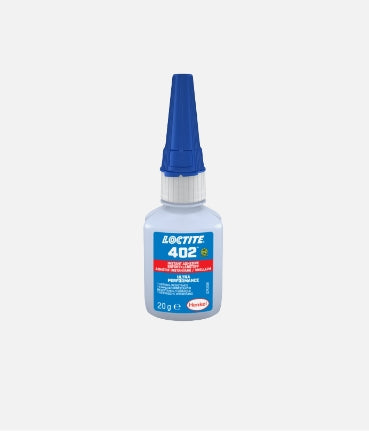
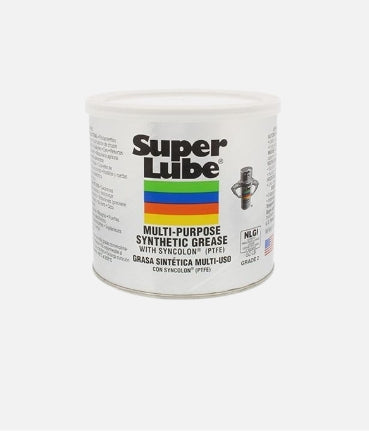
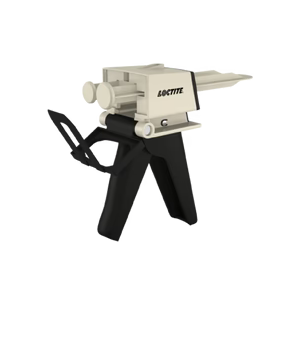
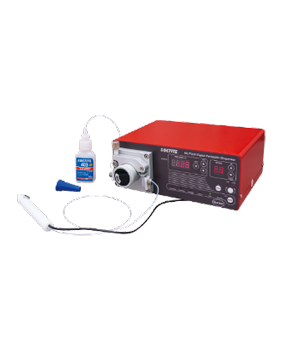
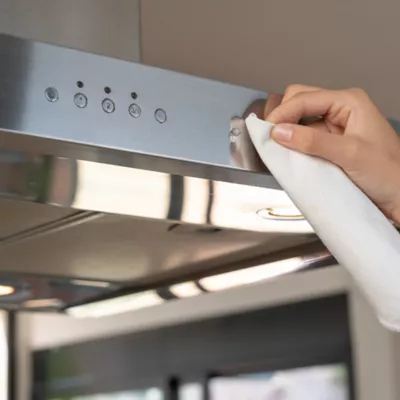
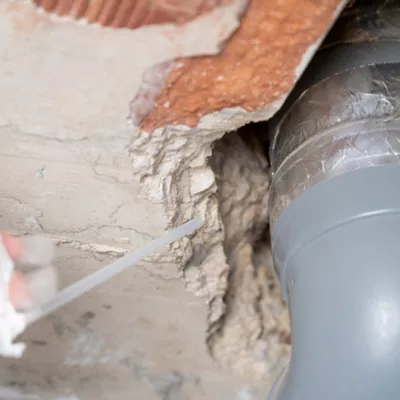

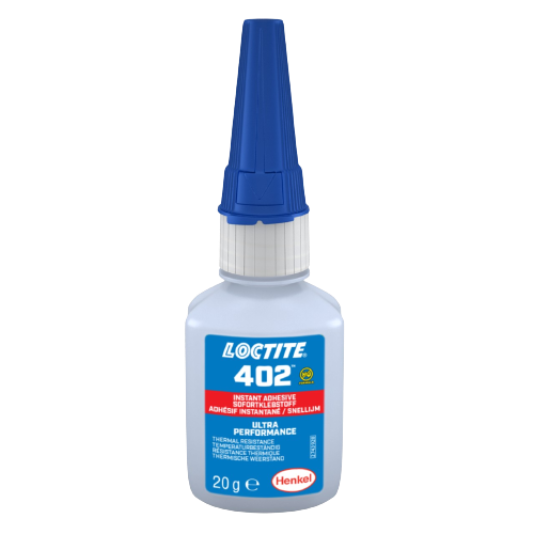
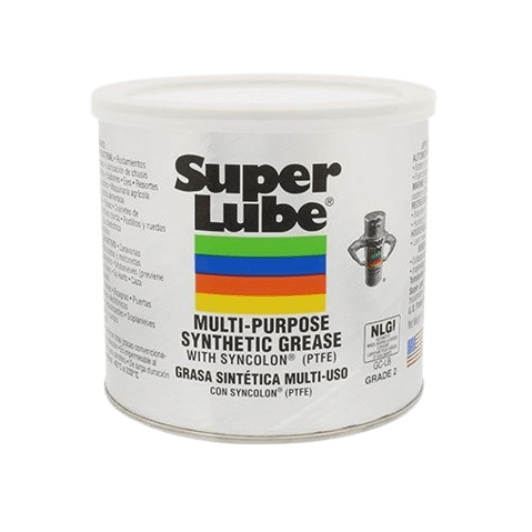
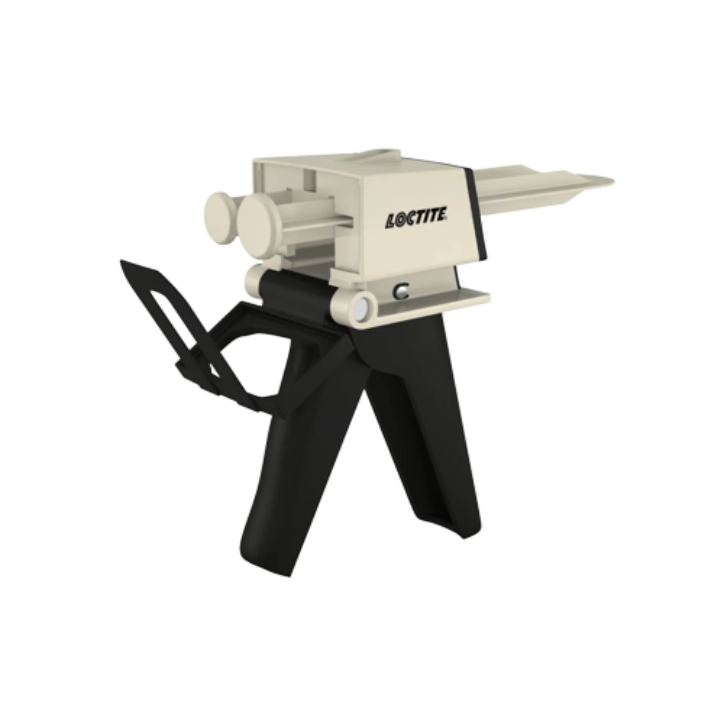
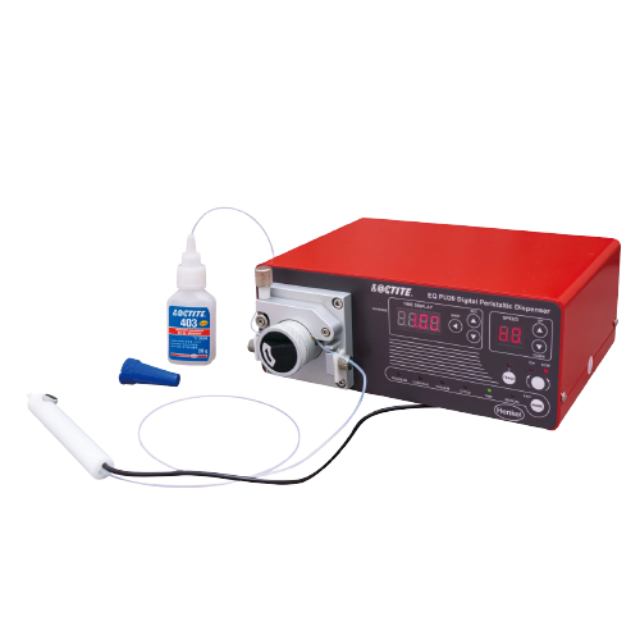
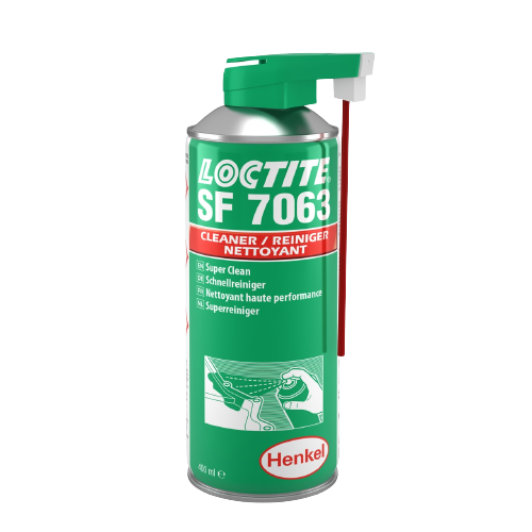
Leave a comment
All comments are moderated before being published.
This site is protected by reCAPTCHA and the Google Privacy Policy and Terms of Service apply.